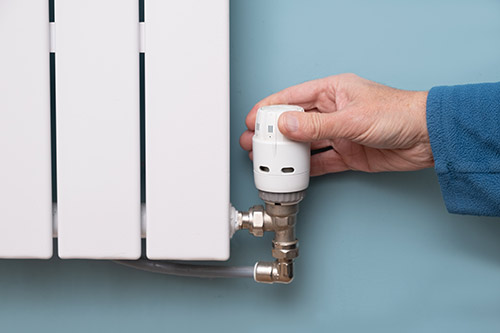
It's a necessary task for any seasonal home owner, and you still have time to get it done: preparing your seasonal home for the rigors of winter. Properly planning now can help you avoid damage and expensive repairs in the spring.
The best preparation is to develop a checklist of tasks and then follow it faithfully. Here are the major areas for winterization that Foremost recommends your list includes:
Plumbing
This is one of the most important areas to address when winterizing a seasonal home. If your furnace fails, any water in the house could possibly freeze and cause major damage. Make sure the water system is turned off at its supply point and any pipes are cleared to prevent possible freezing and bursting. Further, the toilet as well as the shower and sink traps should be flushed and protected with non-toxic antifreeze.
Appliances
You should drain any appliance that may hold water, including the water heater, washing machines, dishwashers or ice makers Also make sure the refrigerator and freezer are properly defrosted and propped open to prevent mold and mildew from growing. Unplug all devices that don't need to be powered and shut off the valves for any gas appliances.
Furnace
Turn down the thermostat to about 55 degrees to help prevent freezing problems unless your home is an area that doesn't get too cold in the winter. If your heater will be turned off over the winter, follow the manufacturer's instructions for winterizing the system.
Structural repairs
Check the roof and siding to make sure it's secure and intact. If a shingle or piece were to blow off while the house is empty and go unnoticed, it could cause bigger water or structural damage problems. Examine the exterior around windows, doors and any pipe openings and caulk any areas that could let air, water, bugs or rodents into the house.
Outdoor work
Clean up the yard and trim back bushes from the home to make it harder for burglars to hide. Secure all outdoor furniture in a locked garage or shed.
Indoor cleaning
Thoroughly clean the house before closing it for winter to help prevent mold, mildew or insect and rodent problems. Remove all perishable items and any boxed food that animals could eat. Move electronics, TVs or computers from plain sight so anyone looking in the windows won't see them. Consider removing any other small valuables from the premises altogether.
Security
Make sure all windows are closed and locked and sliding doors are secured with bars in the track to prevent entry. Check door locks to make sure the latch plates are screwed into the wall studs and not just the door frame. Close the curtains and if any neighbors are permanent residents, consider giving a trustworthy one a spare key to check on the place. Otherwise, arrange to have someone check on the place weekly, or install a remotely monitored security system.
It's also important to do an insurance check-up with your insurance agency to make sure your home's policy adequately covers it while it's closed. Seasonal homes often require a specialized policy that addresses the specific situation of a homeowner who only occupies a residence for part of the year.

